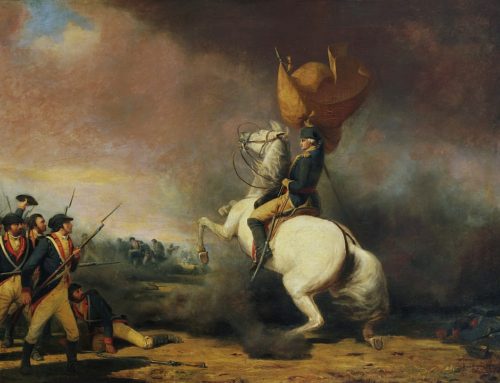I have been captivated by the declining fortunes of the Big Three — General Motors, Ford and Chrysler — since I spent 1968 doing post-graduate research at Oxford on these automakers. Needless to say, their deteriorating status has been cataclysmic. However, as the saying goes, “The king is dead, long live the king!”
I now take my hat off to the new automobile titans — Toyota, Honda, Nissan, Mercedes-Benz and BMW.
For more than 100 years, the Big Three epitomized America’s industrial prowess. Henry Ford, the father of the assembly line, totally changed the transportation industry. Under longtime president and chairman Alfred Sloan, General Motors became the largest and most successful and profitable industrial enterprise the world had ever known. The Big Three epitomized America’s status as the Arsenal of Democracy during World War II.
Notwithstanding the current global recession and the Big Three’s economic woes, the automobile industry remains very important. It provides millions of jobs, generates billions of dollars in worldwide revenues and affects the way people live, travel and do business.
In 2007, more than 73 million motor vehicles, including cars and commercial vehicles, were produced worldwide. Automobile corporations are often multinational, meaning they have subsidiaries and manufacturing plants in many different countries.
The U.S. motor vehicle manufacturing industry employs about 1 million workers, or about 7.5 percent of the country’s entire manufacturing work force. The establishment by foreign automobile companies of major manufacturing plants (called “transplants”) in the United States has been a counterweight to the shrinking fortunes of the Big Three. South Korean, Japanese and German companies have prospered in the United States because their nonunion labor costs are $25 to $30 an hour less in wages and benefits than the Big Three’s workers.
The change in market share has been truly astounding. In the late 1960s, GM executives worried about being broken up for antitrust reasons because the company’s market share approached 60 percent. Currently, GM fears that its market share might drop below 20 percent.
In 1968, the Big Three controlled close to 80 percent of the American market. Their market share has now fallen below 50 percent.
Alas, the Big Three now face long and bitter tidings. High energy prices on top of the softening economy are putting enormous pressure on the American auto industry as it faces what may be its worst year in more than a decade. According to J.D. Power & Associates, about 14.95 million vehicles are expected to be sold in 2008, down from 16.2 million last year. Automobile sales will fall to the lowest levels since 1995. Ford recently announced that it will not return to profitability until 2010, and GM refuses to make financial forecasts.
Ron Pinelli, president of market research firm Autodata, summarized the problem: “For all of the domestic manufacturers, the prognosis is not good.”
GM Europe President Carl-Peter Forster said, “The rise in oil is having a profound and permanent impact on the fundamentals of our business — and not just in North America.”
Forster predicted that sales will slide to lows not seen in decades.
The balance sheets of the automobile companies have deteriorated so dramatically in recent years that their long-term survival has become debatable. All three companies’ debt ratings are now below investment grade. They have closed plants, sold subsidiaries, and dramatically changed the terms of their health and retirement packages. Thus, they enter this recession with much less financial firepower and flexibility.
Unfortunately, the Big Three are not well-positioned for today’s high energy prices. Sales of pickup trucks and big sport-utility vehicles — Detroit’s bread-and-butter products — have declined because of the slumping economy and rising gasoline prices. Japanese and South Korean companies whose product mix favors fuel-efficient vehicles will gain market share.
In the past 100 years, the feud among GM, Chrysler and Ford matched the rivalry of the Hatfields and the McCoys. However, since all of them need to reinvent themselves to survive against the tidal wave of foreign competition they might need to bury the hatchet. A shotgun wedding could happen any time.
The impact on the broader American economy could be profound. Not only is the car a consumer’s second biggest purchase after the home, but the auto industry remains one of nation’s most important economic engines. With less money available to fuel the industry’s growth, the businesses that support it are also facing the prospect of a sharp slowdown.



